Description
Fittonia mix is a stunning collection of small, compact plants known for their vibrant, colorful foliage. Often called “Nerve Plants” due to the intricate vein patterns on their leaves, this mix offers a variety of colors, including green, red, pink, and white. Fittonia plants are perfect for adding a pop of color and texture to your indoor plant collection. They are well-suited for terrariums, small containers, or as ground cover in larger planters, and they thrive in humid, low-light environments.
- Full Botanical Name: Fittonia mix
- Common Names: Nerve Plant, Fittonia
- Country and/or Region of Origin: Native to the rainforests of South America, including Peru and Colombia
- Growing Conditions in Native Habitat: Grows in shaded areas of tropical rainforests with high humidity, well-drained soils, and low to moderate light levels
- Care Guide:
- Light: Prefers bright, indirect light but can tolerate lower light levels. Avoid direct sunlight, which can scorch the delicate leaves.
- Ideal Room: Ideal for bathrooms, kitchens, or bedrooms with moderate light and high humidity. Fittonia mix is perfect for terrariums or as part of a small indoor garden.
- Feeding: Fertilize once every 4-6 weeks during the growing season (spring to summer) with a diluted, balanced liquid fertilizer to promote healthy growth and vibrant foliage.
- Humidity: Prefers high humidity. Misting regularly or placing the plant on a humidity tray will help it thrive, particularly in dry indoor environments.
- Ideal Temperature: Best kept between 65°F and 80°F (18°C to 27°C). Fittonia is sensitive to cold temperatures and should be protected from drafts or temperatures below 50°F (10°C).
- Watering: Water when the top inch of soil is dry. Fittonia enjoys evenly moist soil, but it’s important not to let the plant sit in water, as it may lead to root rot.
- Pet/Child Safe: Non-toxic to pets and children, making it a safe plant for households with animals or young children. However, as with all plants, it’s still a good idea to keep it out of reach to prevent overconsumption.
- Soil Type: Use a well-draining, rich potting mix. A tropical plant mix or a mix designed for houseplants with added perlite will help provide the proper drainage and moisture retention.
- Propagation: Propagate by stem cuttings. Simply cut a healthy stem with a few leaves and place it in water or soil to root. Once roots have formed, transplant the cutting into its own pot.
- Eventual Height and Spread: Typically grows up to 6-12 inches (15-30 cm) tall and can spread up to 12-18 inches (30-45 cm), making it perfect for small pots or as part of a mixed plant arrangement.
- Growth Rate: Moderate-growing. Fittonia tends to grow more quickly in the right conditions, producing new leaves and spreading out over time.
- Pests and Treatment: Generally resistant to pests but may occasionally attract mealybugs, aphids, or spider mites. Treat any infestations with insecticidal soap or neem oil to prevent damage.
- Repotting: Repot every 1-2 years or when the plant becomes root-bound. Choose a pot that is slightly larger than the current one to allow healthy root growth, and ensure the pot has good drainage.
- Pruning: Prune regularly to remove dead or yellowing leaves, and trim back leggy growth to encourage a bushier, fuller appearance.
- Air Purification: While not known for specific air-purifying qualities, Fittonia adds a lively touch to any space with its colorful leaves, helping to enhance the aesthetic and feel of the room.
- Folklore: Fittonia plants are often associated with growth and vitality. Some cultures believe that the intricate veins on the leaves represent connection and harmony, bringing balance and positive energy into the home.



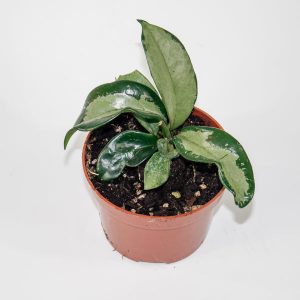
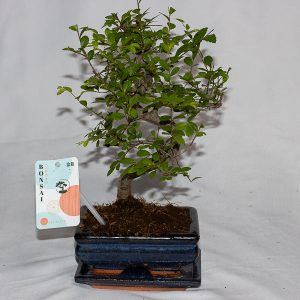
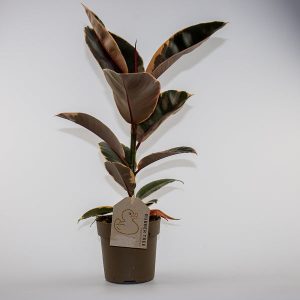
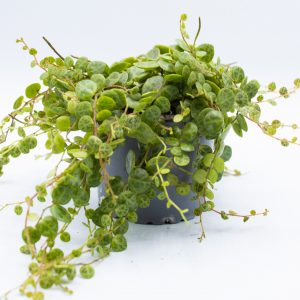


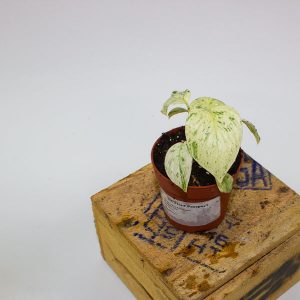
Reviews
There are no reviews yet.